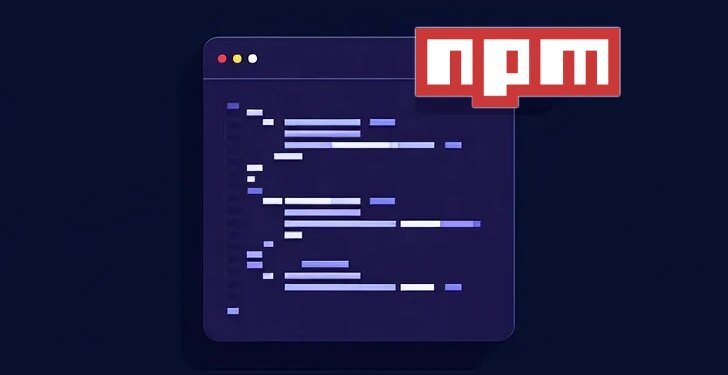### Unmasking the Threat: How PyPI, npm, and AI Tools are Being Exploited in Massive Malware Surge 🚨🔍
In an era where digital innovations are accelerating at a breakneck speed, the tech world is confronted by an unsettling twist: a rampant surge in malware has begun to target DevOps and cloud environments. At the heart of this cyber onslaught are open-source package managers like PyPI and npm. As technology advances, so too do the malicious tactics of cybercriminals, and their evolving strategies highlight a burgeoning digital threat.
The Honeypot: PyPI and npm
In the digital ecosystem, package managers such as PyPI and npm are indispensable components of software development. They facilitate the smooth exchange and integration of code among developers, making them crucial to any digital enterprise. However, this ubiquity has made them lucrative targets for malicious actors. By embedding malware into legitimate-looking packages, attackers can discreetly infiltrate systems, ultimately unleashing disruptive and damaging code that threatens operational stability and data integrity.
AI: The Double-Edged Sword 🤖
Artificial Intelligence has been hailed for its potential to enhance productivity and streamline processes. Yet, this power can be wielded both for and against us. Cybercriminals have seized AI to craft more ingenious and adaptable malware, capable of circumventing traditional security protocols. This sophistication presents a formidable challenge even to seasoned cybersecurity experts, who must then identify and neutralize threats before significant damage occurs.
Behind the Mask: Understanding the Impact
The revelation of malicious packages hiding within PyPI serves as a stark reminder of the dangers we face. Such incidents not only endanger the integrity and performance of software applications but also set worrying precedents for the future of cybersecurity. As DevOps teams, cloud service providers, and developers increasingly depend on these platforms, the potential risk and impact of such attacks magnify exponentially. It is imperative that the tech community understand this risk and takes immediate action.
Proactive Measures: Fortifying Your Defenses 🛡️
To counter these threats, a multi-layered security approach is essential. Organizations should consider the following proactive steps:
- Routine Audits and Monitoring: Conduct regular audits of open-source packages to identify anomalies or updates that could introduce vulnerabilities. Continuous monitoring aids in detecting irregular activities or unauthorized changes.
- Implement Advanced AI Security Protocols: Invest in AI-driven security solutions that bolster your system’s capacity to identify and respond to threats in real-time.
- Educate and Train Staff: Equip your team with the latest knowledge on security trends and best practices. A well-informed team is the first line of defense against cyber threats.
- Zero Trust Architecture: Adopt a zero-trust model where neither internal nor external entities are trusted by default. Always verify connections and data exchanges.
Moving Forward: The Path to Resilience 🌟
Today, security transcends being a mere technical challenge; it is a crucial part of strategic planning. As the cyber threat landscape continuously evolves, so must our defensive strategies. Organizations can better prepare for unforeseen challenges by staying informed and investing in robust, adaptable security frameworks that ensure the continuity and safety of their digital endeavors.
We invite you to join the conversation below and share how we might combat these growing threats to protect our valuable digital infrastructure. 💬🔒
Awareness and preparedness serve as the shields and swords in our battle against digital adversaries. Stay vigilant and stay secure!



















































